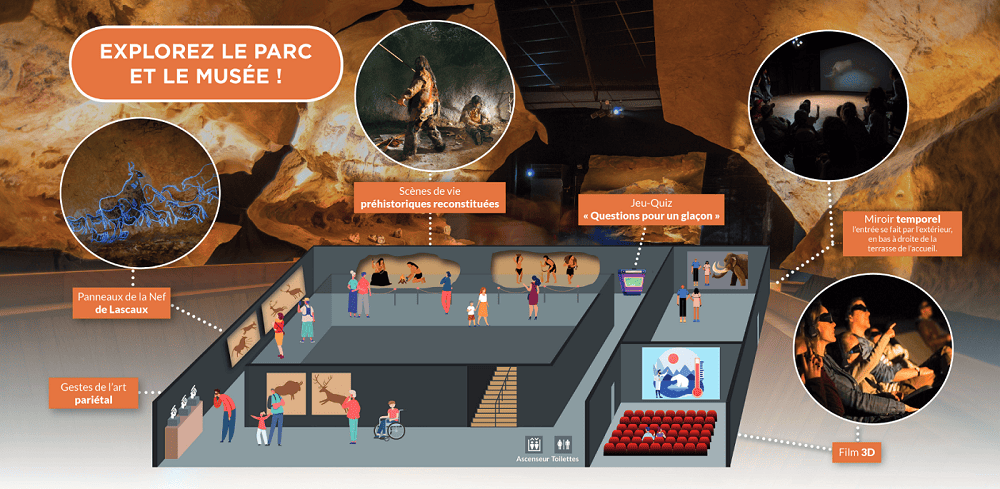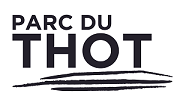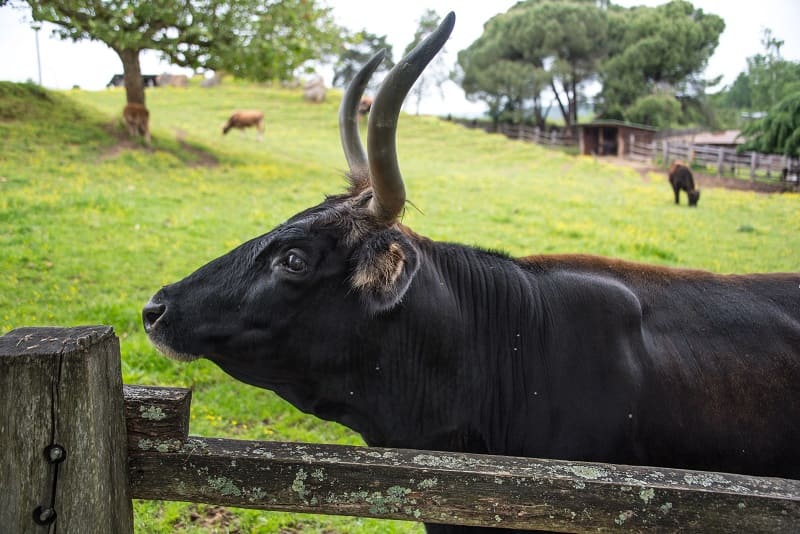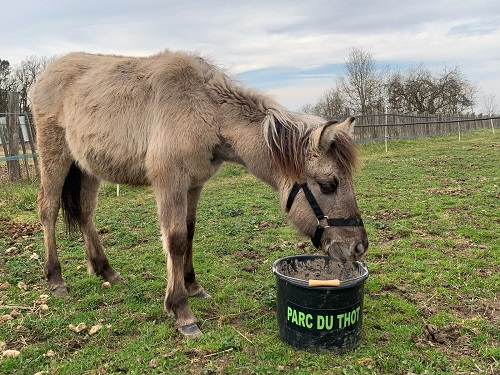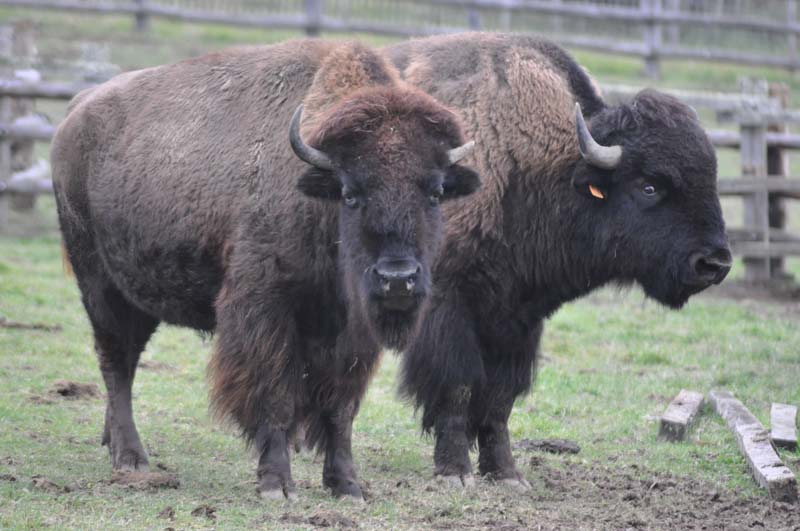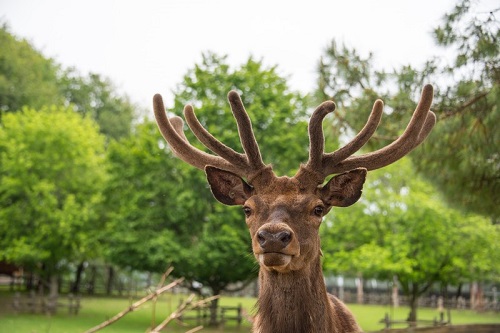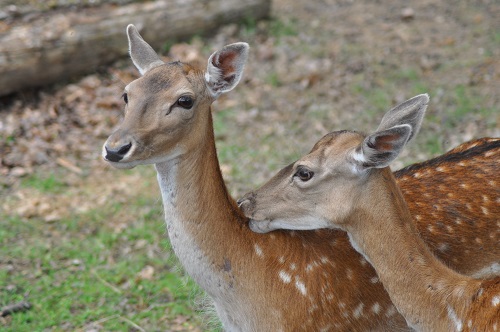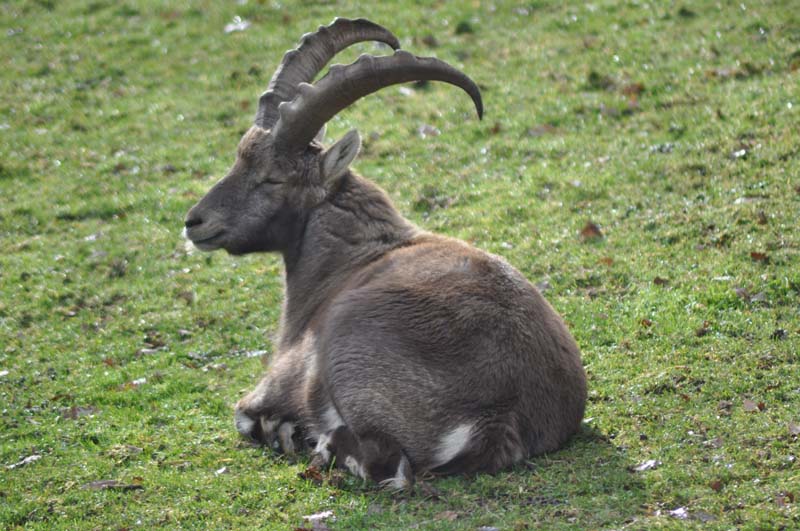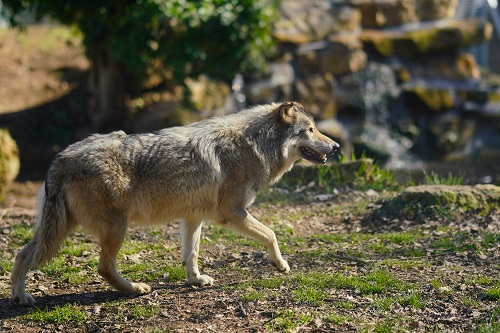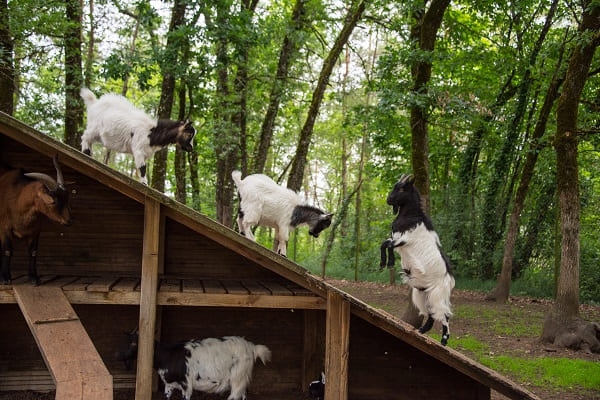The Parc du Thot invites you to travel back in time and meet the animals that Cro-Magnon man lived with. Get up close and personal with these species and take part in the daily feeding sessions organised by the animal keepers, as well as the educational events scheduled during the school holidays!

The animals you can discover in the park
-

Aurochs
The aurochs is the ancestor of our domestic bovines. The representations of this animal in Lascaux cave are among the most impressive of parietal art in France, reaching up to 5 meters long for the biggest ones.
-

Highland cow
The Highland cow is the oldest bovine breed registered in the world. Very hardy and requiring very little care, it is capable of adapting to difficult environments and to very rough climates.
-

Przewalski horse
The Przewalski horse still exists in the wild and is a cousin to the horses painted in paleolithic caves. According to some specialists, it is a surviving species of prehistoric savage horses, whereas others think it comes from the line of the very first domesticated horses.
-

Buffalo
Represented in many paleolithic caves, the steppe buffalo disappeared after the last glacial period. However, it is considered as the direct ancestor of a North American species that is divided in two subspecies : the grassland buffalo and the woodland buffalo.
-

Tarpan horse
The Tarpan is a rustic horse that has gone extinct during the XIXth century. Some specialists consider the Tarpan as the ancestor of modern domesticated horses.
-

Deer and doe
While the reindeer was the dominating game in the Paleolitic Perigord, the deer was mostly hunted in the Iberian Peninsula. Lascaux cave is particularly renowned for its depictions of cervids like the Frise des Cerfs.
-

Fallow deer
The representations of the fallow deer are rare in the Eurasian paleolitic art. At the end of this era, those animals were mostly represented in the Middle East where they were an important source of meat for the local
tribes.
-

Alpine ibex
The Alpine ibex is the most represented animal in the parietal art, after the horse and the bison. We count 35 of them in Lascaux cave, probably males as suggested by the height of their horns.
-

Wolf
The wolf is considered as the first animal domesticated by mankind. The first cases of recognized domestication would be dated of at least 15 000 years in the South-West of Europe, but our cohabitation with this species would be much older.
-

Mini-farm
For the enjoyment of young and old, a mini-farm has been installed. You will find goats and billy goats in this mini-farm.
Sound terminals
Close your eyes, put on your ears and let yourself be carried away by the murmur of the forest and the enchanting songs of its inhabitants, not forgetting the large mammals that roam our regions and the whole of Europe!
Thanks to innovative research-based technology, you can enjoy a unique sensory experience in the animal world, from prehistory to the present day.
